
DE ACTIES WE ONDERNEMEN
We zijn doelbewust in onze keuzes, van onze producten en faciliteiten tot onze processen, met als doel een grotere collectieve impact te realiseren voor de toekomst. Ontdek meer over dit werk en wat ons inspireert om onze inspanningen voor milieubehoud verder te ontwikkelen.
ONZE PLASTIC VOETAFDRUK COMPENSEREN
Ieder jaar belandt naar schatting in totaal acht miljoen metrische ton plastic in de oceaan - dat komt neer op een vuilniswagen vol plastic per minuut.1 Door te voorkomen dat plastic in de natuur terechtkomt,*2 maken we een betekenisvol, meetbaar verschil door middel van plasticneutraliteit.
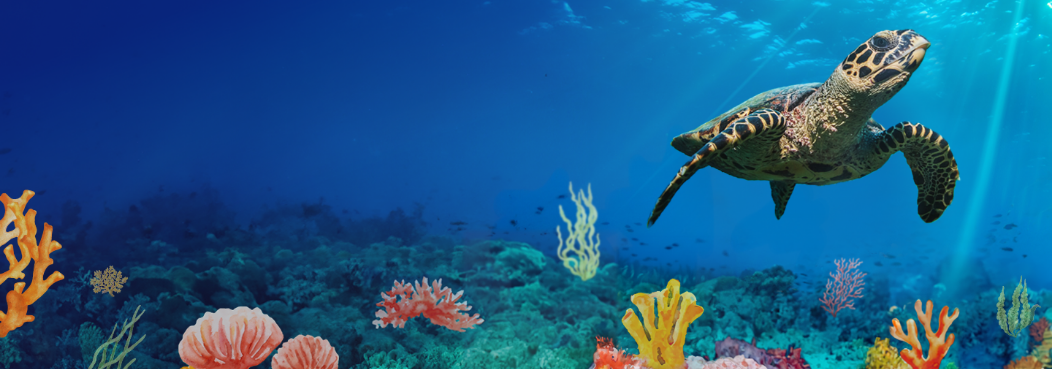
Dankzij onze samenwerking met Plastic Bank compenseren we een deel van onze plastic voetafdruk1 en verbeteren we het levensonderhoud van duizenden verzamelende leden in honderden gemeenschappen.1,3
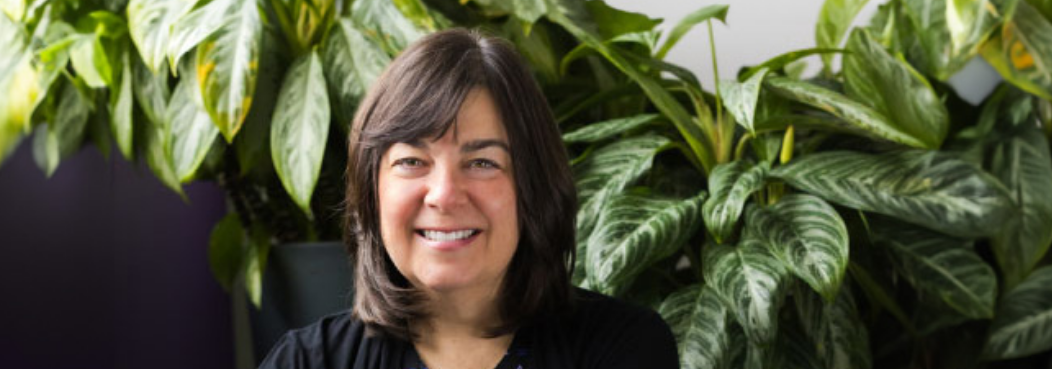
Terwijl we eraan werken om afval van onze producten en verpakkingen te compenseren dat nog niet kan worden teruggewonnen,*2 hebben innovatoren zoals Carol Herring een cruciale impact.

Paul Riggs speelt een cruciale rol bij het bevorderen van onze duurzaamheidsinspanningen bij CooperVision en wereldwijd, omdat hij streeft naar het vinden van gebieden waarin we onze mogelijke milieu-impact kunnen minimaliseren en Mensen + Planeet kunnen ondersteunen.
HET BEVORDEREN VAN HOGERE STANDAARDEN VOOR PLASTIC
Door onze inspanningen om plastic te compenseren en terug te winnen, zetten we al grote stappen om een van de belangrijkste uitdagingen ervan aan te pakken: verwijdering.† We nemen nu stappen om te kijken naar hoe plastic wordt geproduceerd, door ons te richten op onze plastic leveranciers en hoe het plastic dat we kopen wordt geproduceerd.
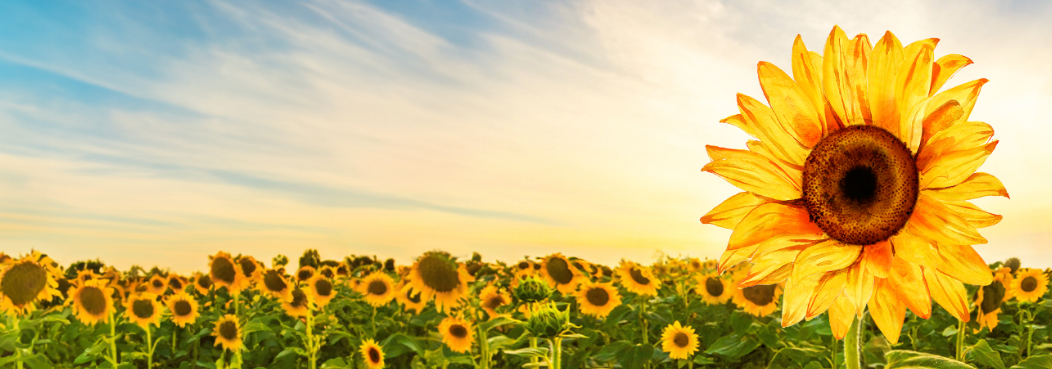
Door te beginnen met de aankoop van ISCC PLUS-gecertificeerd plastic, zet CooperVision zich in om een hogere standaard te bereiken voor hoe kunststoffen worden geproduceerd.§1
CERTIFICATIES EN PRIJZEN
Van conservatie-inspanningen in Puerto Rico tot het behalen van LEED Gold-certificering in Costa Rica en het ontvangen van een BREEAM-gecertificeerde "Uitstekend" beoordeling in het Verenigd Koninkrijk, worden we erkend voor onze voortdurende toewijding aan duurzaamheid op de vele plaatsen waar we zaken doen:
- Alajuela, Costa Rica - LEED Gold Certified
- Madrid, Spain - LEED Certified
- Coyol, Costa Rica - LEED Gold Certified
- Juana Diaz, Puerto Rico - LEED Gold Certified
- Scottsville, NY - LEED Silver Certified
- West Henrietta, NY - LEED Silver Certified
- Mount Park, UK - BREEAM Certified
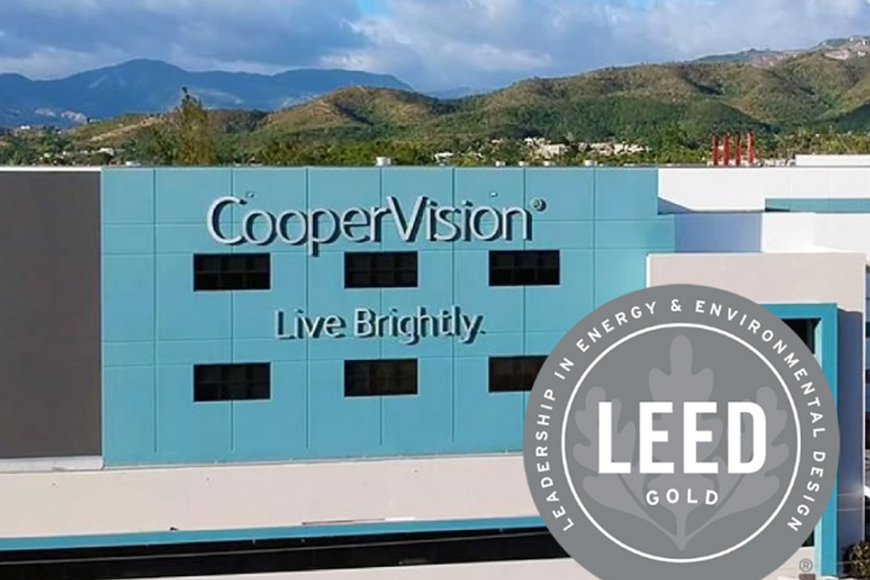
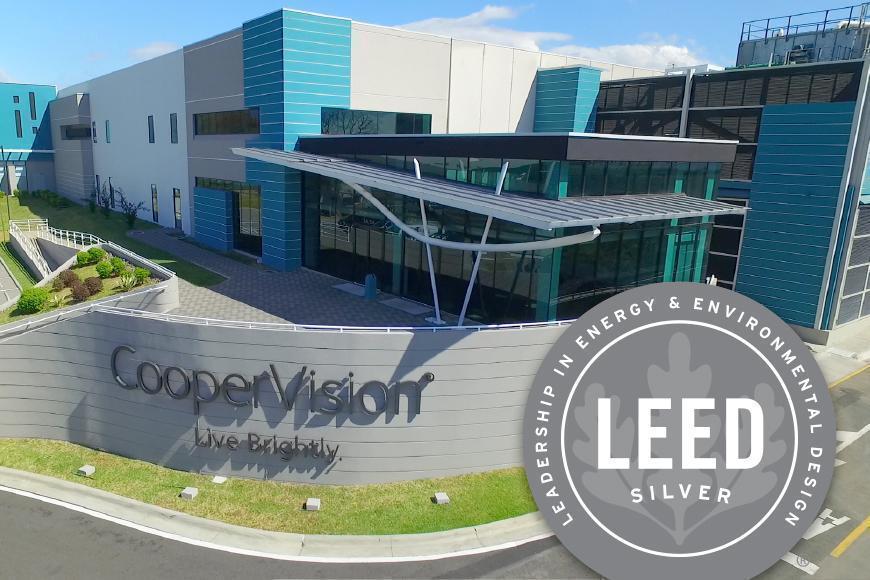
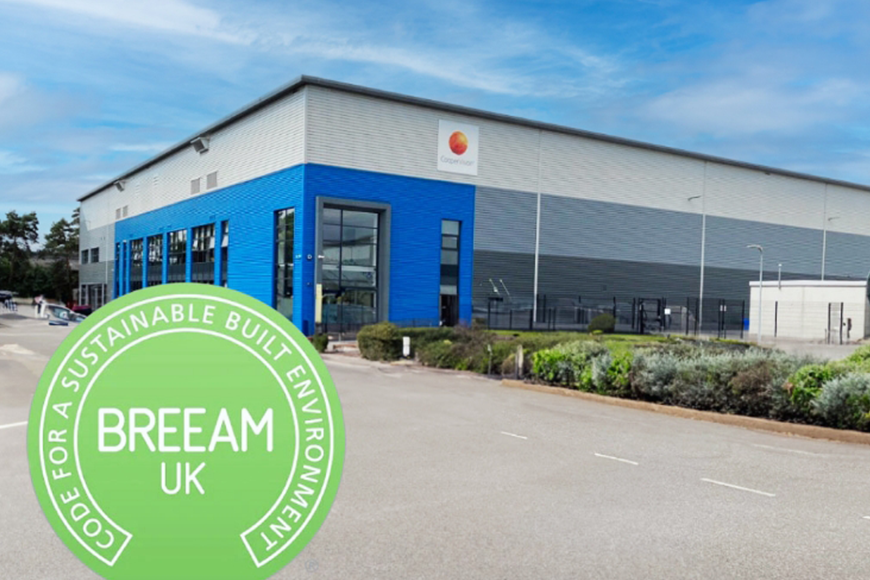
Ontdek meer en zie hoe we stappen zetten naar een stralende toekomst.
* Refers to CooperVision's plastic neutrality initiative with Plastic Bank.
† Through our partnership with Plastic Bank.
‡ According to peer-reviewed papers, polypropylene (PP) made using renewably sourced inputs yields a lower carbon footprint. Coopervision’s plastic supplier has found that manufacturing PP using fossil-based inputs produces 1.63 kg CO2e/kg PP whereas manufacturing ISCC-certified inputs produces -0.82 kg CO2e/kg PP.
§ ISCC PLUS: International Sustainability and Carbon Certification PLUS.
References:
1. CVI data on file, 2024.
2. CVI data on file, 2023.
3. CVI data on file as of 1/2024.
4. CVI data on file, 2023. Cradle-to-gate assessment of our supplier’s biorenewable input.
5. Narayan, R. (2011). Carbon footprint of bioplastics using biocarbon content analysis and life-cycle assessment. MRS Bulletin, 36(09), 716?721. https://doi.org/10.1557/mrs.2011.210.
SA10398_3






